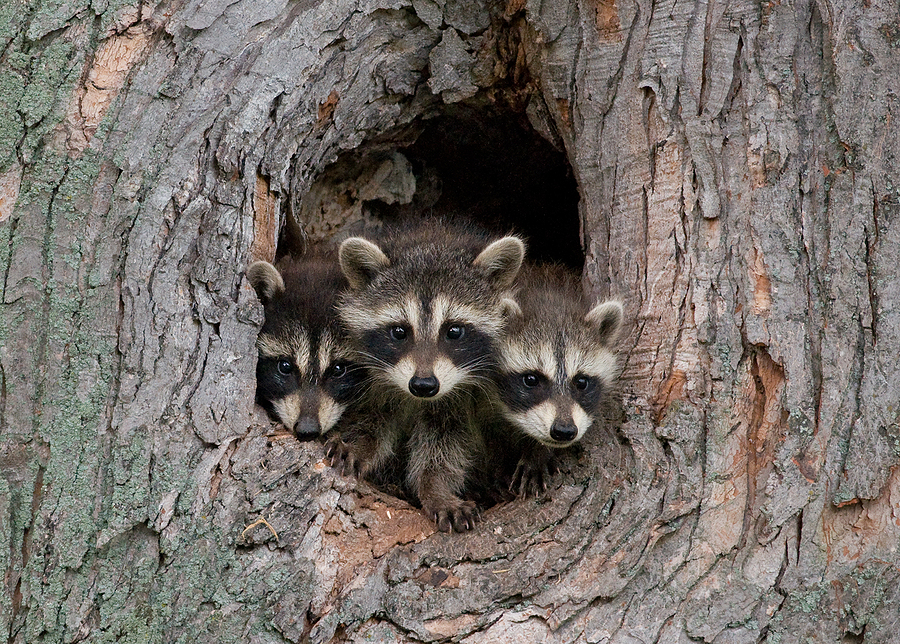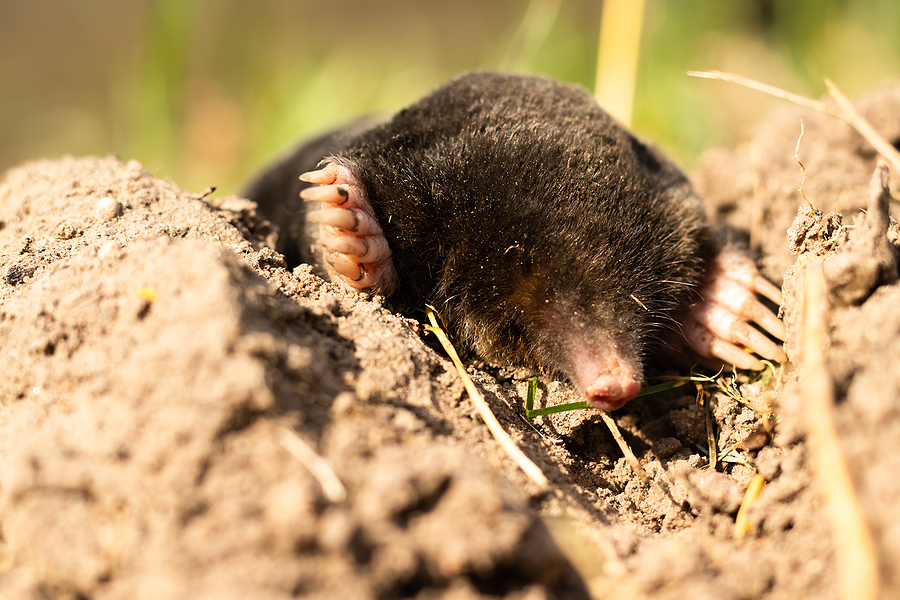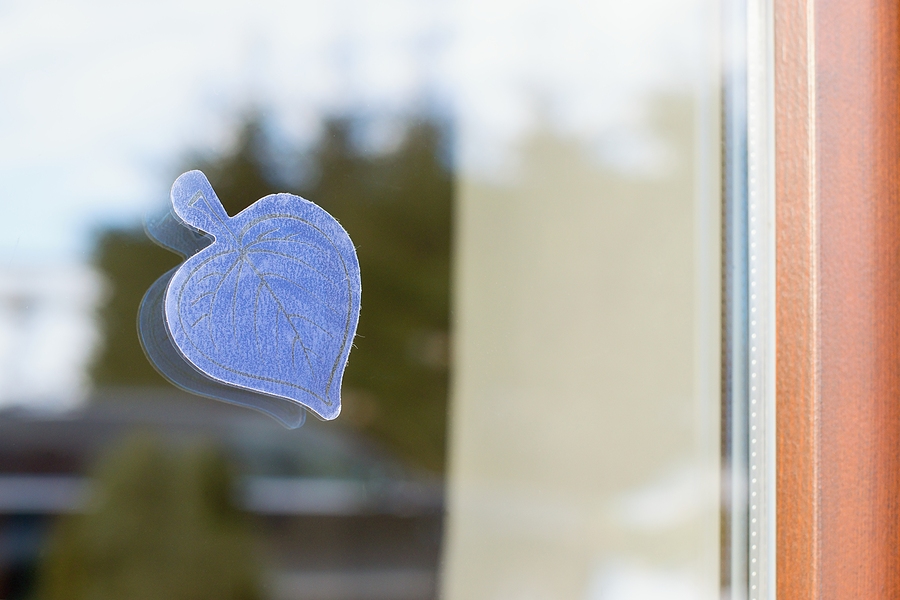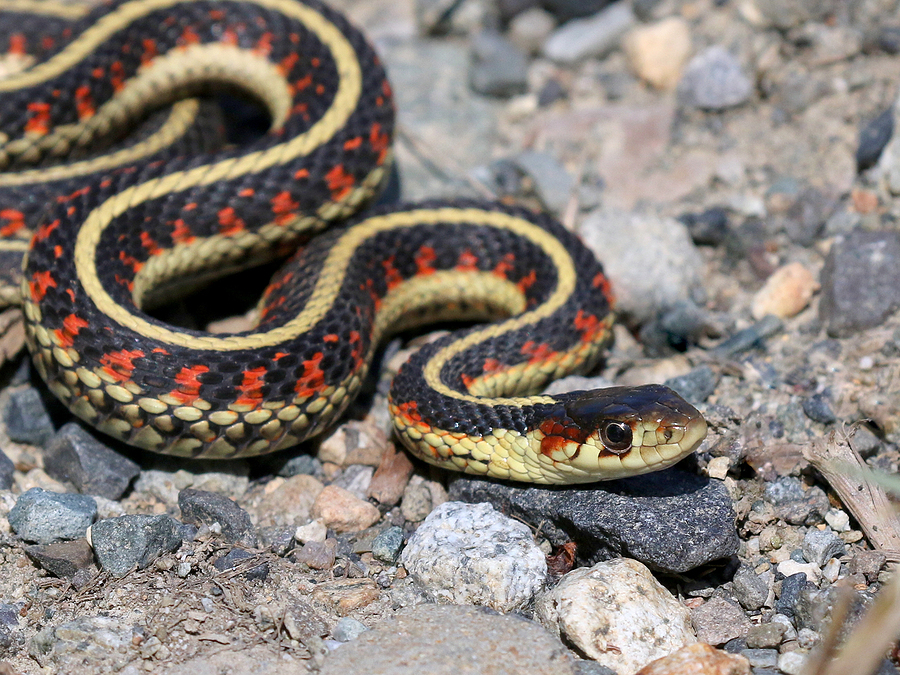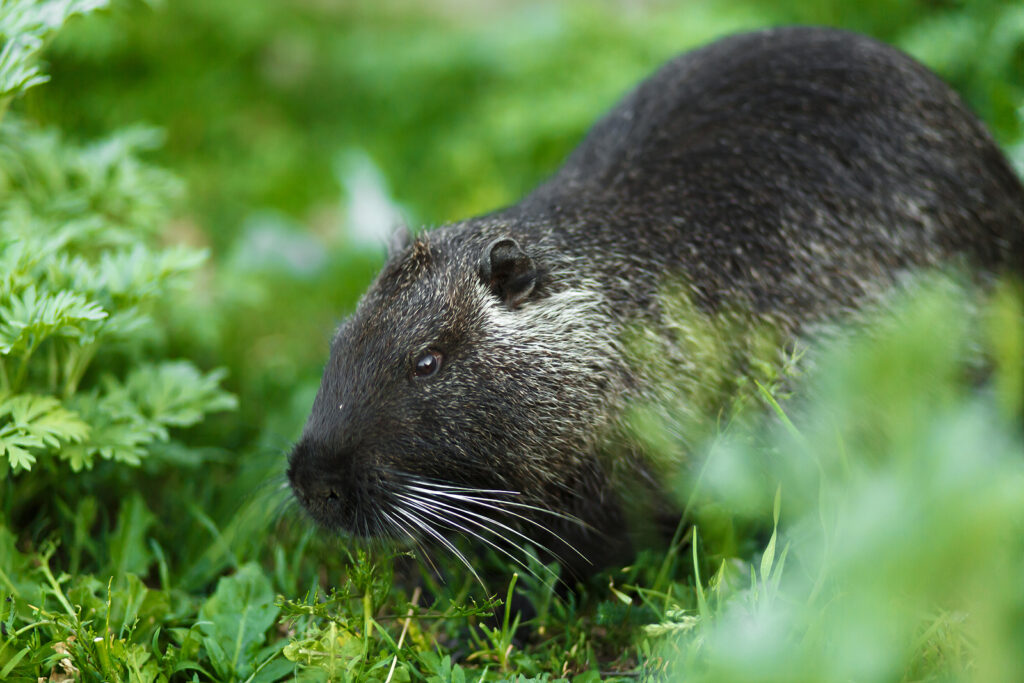Woody Woodpecker didn’t give a true portrayal of woodpecker behavior. He was funny, entertaining, and quick-witted, but the woodpeckers in Tennessee can be a destructive nuisance to residential and commercial communities. If you have been wondering about an increase in woodpecker activity around your property, it is important to educate yourself on the various aspects of woodpecker abatement.
Continue reading to review some of the most frequently asked questions about woodpecker control, including what to do if you are at your wits’ end dealing with nuisance woodpeckers in Nashville.

Woodpecker Control FAQS
What Kind of Woodpeckers Live in Nashville, Tennessee?
There are 7 prominent species of woodpeckers in the Tennessee region. These woodpecker species include the Downy Woodpecker, Northern Flicker, Hairy Woodpecker, Pileated Woodpecker, Red-bellied Woodpecker, Red-Headed Woodpecker, and Yellow-Bellied Sapsucker.
Why Do Woodpeckers Peck?
Arguably, woodpeckers are most known for their pecking. If you hear banging noises on the side of your house, it could be woodpeckers damaging your siding. We’ll get to that topic in a moment. For now, let’s talk about why woodpeckers Peck. Well, it’s instinctual. They peck to get to their food, mark their territory, communicate with other birds, and build nests.
Will Woodpeckers Damage My Property?
Woodpeckers are highly destructive to residential and commercial properties. Their pecking is forceful, and their beaks are sharp, which means anything they choose to peck on will endure structural damage. Common targets include fences, siding, roofing, and anything else made of wood, in particular. If you are preparing to renovate your home or building, such as the roof replacement or siding replacement, it’s recommended to go with this a material other than wood. If you have been experiencing severe nuisance woodpecker activity.
How Do I Get Rid of Woodpeckers?
Like most bird species in the United States, woodpeckers are likely federally protected under the Migratory Bird Treaty Act of 1918. This means it is against the law to touch, trap, harm, or kill a woodpecker or their nest/eggs on your property, or any property for that matter. Instead, if you find a dead or injured woodpecker on your property, contact a licensed wildlife removal company in Nashville. They have the proper permits to manage the situation safely and lawfully. They can further assist you with woodpecker control strategies and help protect your home from further woodpecker damage and activity.
Common strategies for woodpecker control involve both visual and auditory deterrents. You can place owl statues around the property to scare off woodpeckers because owls are a common predator. You can also hang reflecting streamers or balloons near the areas where woodpeckers frequent because the constant motion and flashing light scares them off.
It is also recommended to place a sound deterrent near their area activity, such as a predator bird call on a loop or a radio talk show. Woodpeckers will avoid both predators and people. The best way to get rid of woodpeckers without falling into any legal trouble is to call for professional bird removal and control service.
Are you ready for professional wildlife removal and control assistance for nuisance woodpeckers in Tennessee? Contact Budget Animal Removal at 615-337-9165 for TWRA licensed and insured Nashville, Tennessee animal removal for woodpeckers, pigeons, crows, starlings, grackles, and more. We serve commercial clients, too!
Related Posts:
How to Get Rid of Birds in the Chimney
3 Ways to Protect Your Bird Feeders From Squirrels and Chipmunks
How to Protect Your House From Nuisance Wildlife in Tennessee

